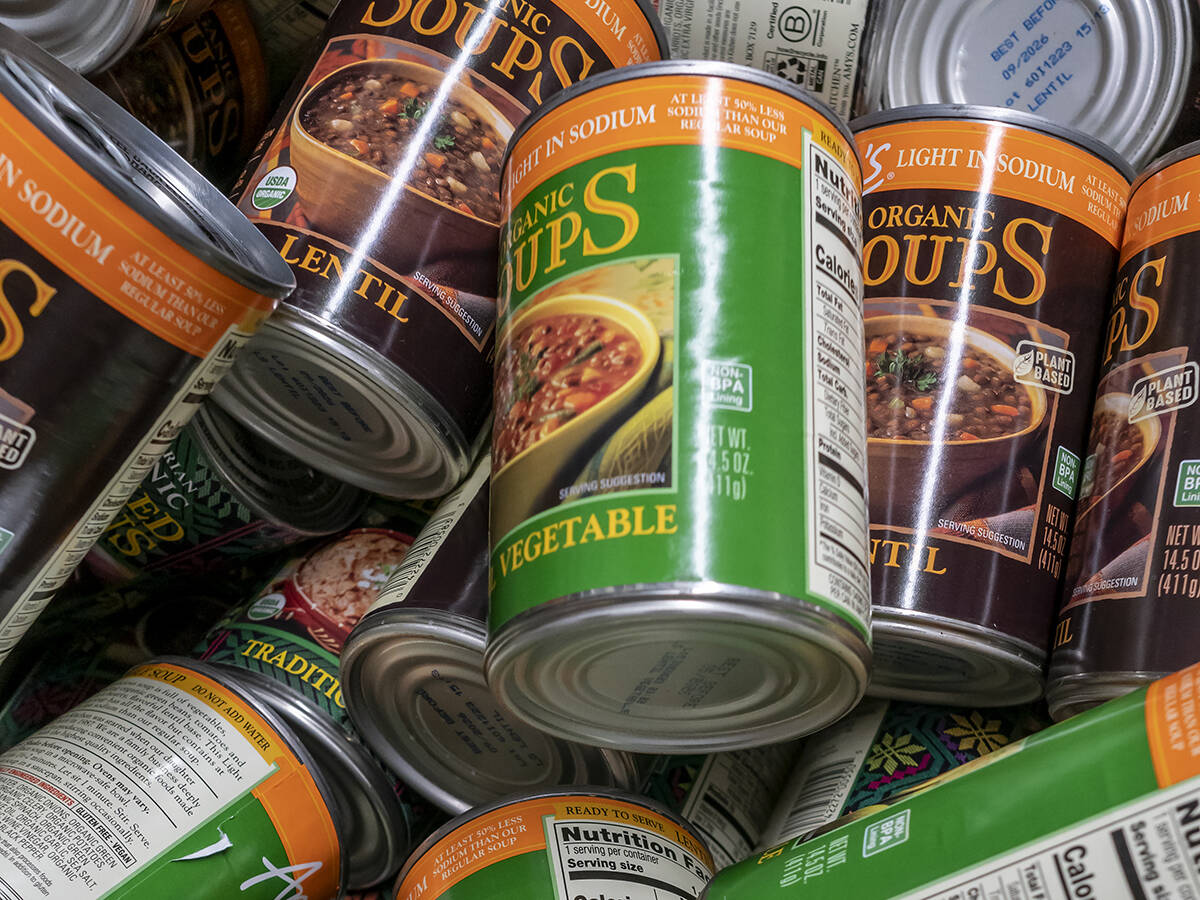It is uncertain if Canada will follow the American plan to prevent development of resistant weeds
Proposed U.S. restrictions on glyphosate could affect Canadian farmers, but it’s too early to speculate on the potential impact, says a University of Guelph weed scientist.
In late March, the U.S. Environmental Protection Agency developed a management plan for glyphosate to control the spread of herbicide resistant weeds.
The EPA hasn’t released details, but an agency spokesperson said the rules would be similar to the restrictions for Enlist Duo, a new Dow Agro herbicide.
When the EPA registered Enlist Duo, which is a new formulation of 2,4-D and glyphosate, it said Dow must take steps to prevent the development of resistant weeds. That could include grower education, weed surveys, consistent reporting to EPA and remediation plans.
Read Also

Sustainable food has ‘lost all meaning’: prof
That marketing strategy is deader than a doornail, says a University of Guelph professor who specializes in consumer preferences and perceptions of agriculture and food.
The Pest Management Regulatory Agency, which oversees pesticides in Canada, typically matches EPA policy.
However, it’s difficult to know if the PMRA will follow suit and how it could affect Canadian farmers, said Francois Tardif, a U of G plant agriculture professor.
“I can’t really comment until I see (the EPA plan).”
Tardif said the EPA’s proposed action isn’t a surprise because herbicide resistance has become a political issue in the United States.
“The situation was so bad down there, they (farmers) started to complain to their senators and representatives. That’s where it hit the regulators,” Tardif said.
The Weed Science Society of America said it supports the EPA proposal, provided it’s a science-based herbicide resistance stewardship program.
It has formed a committee of experts to develop a plan to deal with all herbicides and the challenge of weed resistance.
Stratus Ag Research polled U.S. farmers about glyphosate resistance in 2012 and found that nearly 50 percent of them said they had glyphosate resistant weeds on their farms. Stratus took that to mean 61.2 million acres of American cropland had glyphosate resistant weeds, double the acreage from a similar survey in 2010.
Mike Owen, a University of Iowa weed scientist, said a herbicide resistance plan for glyphosate may be too little, too late.
“That horse has already left the barn,” he said. “We probably needed this about 15 years ago.”
A Stratus online survey of Canadian farmers that was released in 2013 said one million acres of farmland in Canada have glyphosate resistance, which includes fields with resistance to volunteer canola.
Kent Fraser, vice-president of Stratus, said glyphosate resistance is still unusual in Canada.
“In 2014, 6.5 percent of Western Canada growers reported glyphosate resistant weeds on less than two percent of acres,” he said.
“The problem is worse in the East where 13.4 percent of Ontario-Quebec growers reported glyphosate resistant weeds on six percent of acres.”
Weed scientists and crop protection companies have emphasized awareness to persuade farmers to adopt integrated weed management. However, sustainable weed control is usually more expensive.
Fraser said most Canadian farmers are concerned about resistance and are prepared to take action.
“Eighty-nine percent of farmers are willing to change their farming practices on their farm to prevent resistance.”
The EPA is expected to release its plan for glyphosate management and herbicide resistance later this year.

















